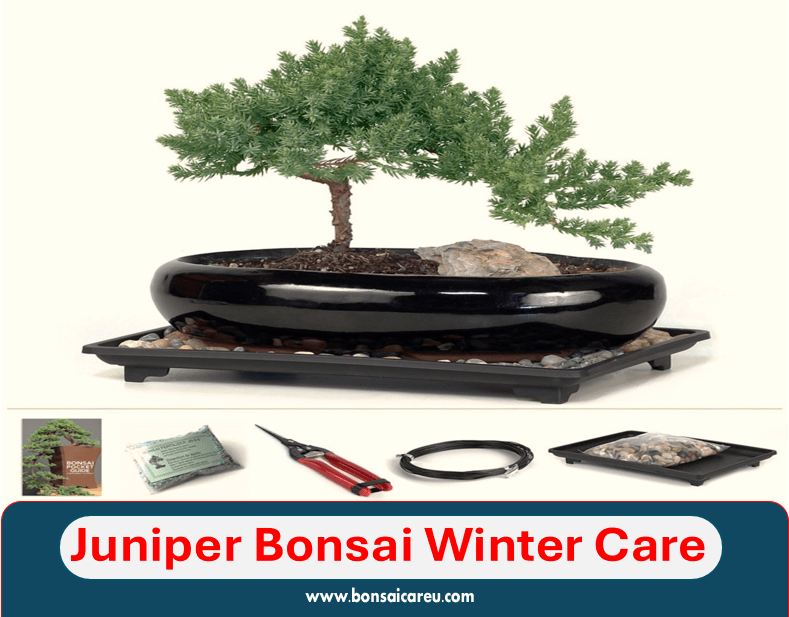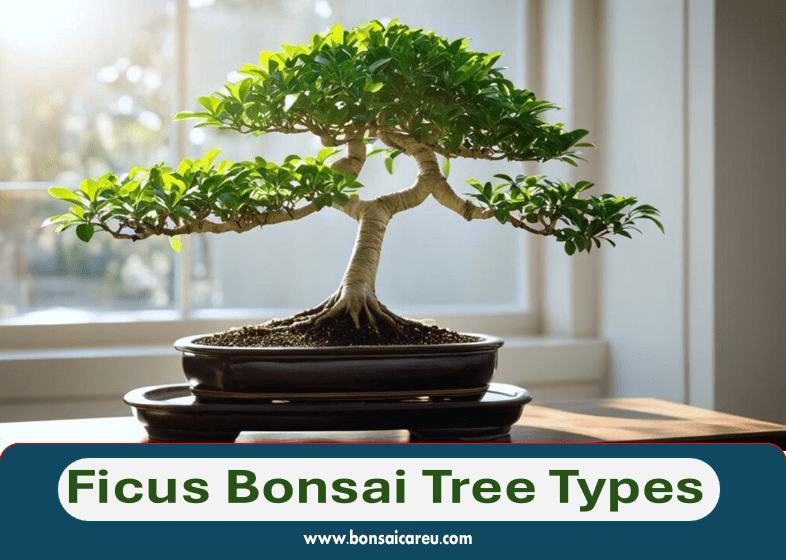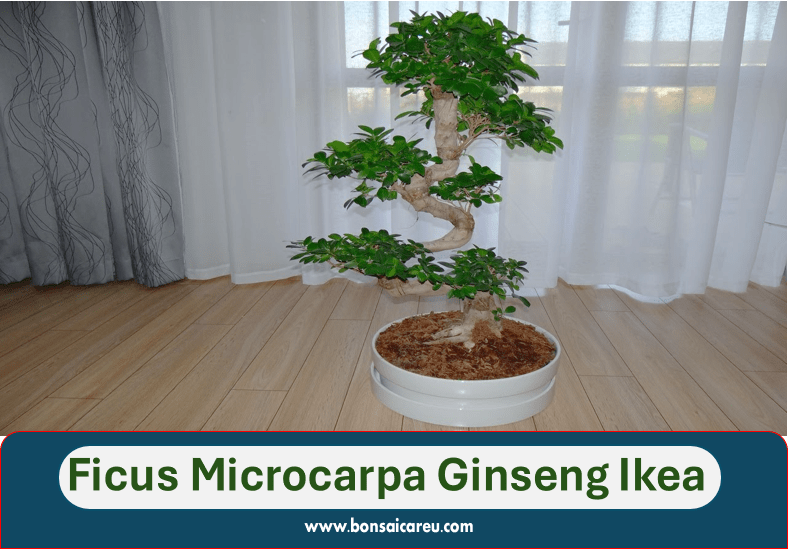Do bonsai trees lose their leaves in winter? Some bonsai trees lose their leaves in winter due to the natural dormancy process. This shedding allows the tree to conserve energy.
Bonsai enthusiasts often worry about their trees losing leaves during the winter season. Understanding why and how this happens is crucial for maintaining the health and appearance of these miniature masterpieces. Winter dormancy is a normal phase in the growth cycle of bonsai trees, and leaf loss is a natural occurrence during this period.
Knowing how to care for bonsai trees during winter can ensure they thrive and remain vibrant throughout the year. We will explore the reasons behind leaf shedding in bonsai trees during winter and provide tips for their well-being.
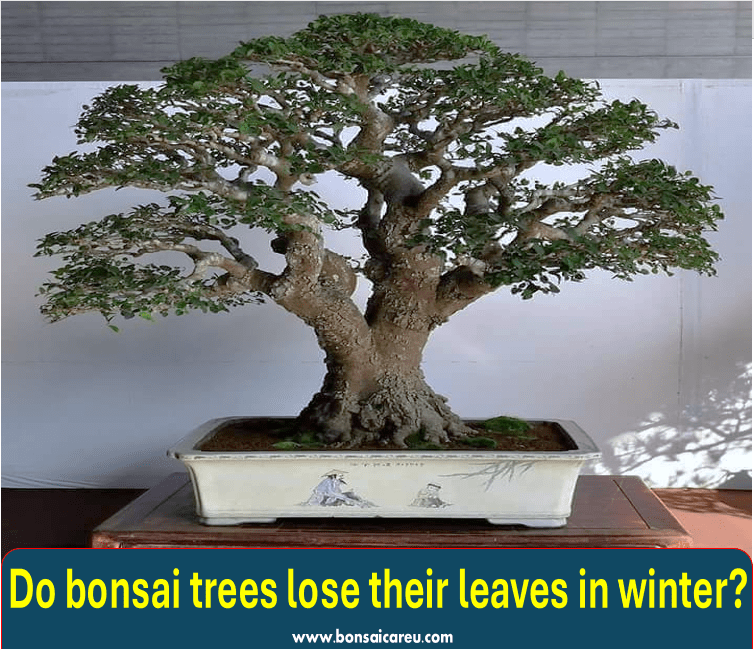
Bonsai Tree Characteristics
Bonsai trees are known for their unique characteristics, which set them apart from traditional trees. These miniature trees are carefully cultivated to resemble their full-sized counterparts while maintaining a diminutive form. Exploring the distinct traits and varieties that make bonsai trees stand out in horticulture is fascinating.
Unique Traits Of Bonsai Trees
Bonsai trees exhibit several distinctive features that contribute to their allure. These trees are meticulously pruned and shaped to create a striking, miniature representation of nature. Their intricate branching patterns and reduced leaf size make them a captivating addition to any environment. Furthermore, bonsai trees showcase resilience and adaptability, thriving in diverse climatic conditions.
Varieties Of Bonsai Trees
Bonsai trees encompass many species, each boasting unique characteristics and aesthetic appeal. From the classic Juniper and Pine varieties to the elegant Maple and Cherry blossoms, the diversity within the world of bonsai trees is truly remarkable. Moreover, the different bonsai tree types cater to varying preferences, allowing enthusiasts to experiment with various species, shapes, and styles.
Understanding Bonsai Tree Care
Bonsai trees are exquisite miniature versions of their full-sized counterparts, requiring precise care to thrive. Understanding bonsai tree care is essential to ensure the health and vitality of these unique plants.
Basic Care Guidelines
- Provide ample sunlight for your bonsai tree.
- Water when the topsoil feels dry to the touch.
- Regular pruning helps maintain the desired shape.
- Use well-draining soil to prevent waterlogging.
Challenges In Bonsai Tree Care
- Controlling pests and diseases is crucial.
- Balancing watering and humidity levels can be tricky.
- Overfertilizing can harm the tree.
Bonsai Trees In Winter
Winter can be a challenging time for bonsai tree enthusiasts. As the temperatures drop and the days become shorter, you may notice changes in the appearance and behavior of your beloved miniature trees. Understanding how bonsai trees behave in winter and the factors influencing their leaf shedding can help you provide the necessary care for their well-being.
During winter, bonsai trees undergo a period of dormancy, similar to their natural counterparts in the wild. This survival strategy allows the trees to conserve energy and protect themselves from colder temperatures. As a result, you might observe certain changes in their behavior:
- Leaf shedding: Bonsai trees typically lose their leaves in winter as part of their natural cycle. This responds to reduced sunlight and lower temperatures, as the tree focuses on conserving energy rather than sustaining foliage.
- Slowed growth: With limited sunlight and cooler temperatures, bonsai trees’ growth is significantly slowed during winter. This is why it’s essential to adjust your care routine accordingly and avoid practices that could cause stress or harm to the tree.
- Root development: While bonsai trees’ visible growth may be minimal, winter is an excellent time for root development. The tree’s energy is redirected towards the growth and strengthening of its root system, which is crucial for its overall health and future growth in spring.
Several factors influence the shedding of leaves by bonsai trees in winter. Here are a few aspects to consider:
| Factors | Description |
|---|---|
| Temperature | Lower temperatures trigger bonsai trees’ natural response to shed their leaves, which conserves energy and protects them from freezing. |
| Light | Reduced sunlight during winter disrupts the tree’s photosynthesis process, making it less efficient to sustain foliage. |
| Watering | Over-watering during winter can lead to root rot and other diseases, compromising the tree’s ability to retain its leaves. |
| Fertilization | Applying fertilizer during the dormant period may encourage undesired growth and delay leaf shedding, affecting the tree’s overall health. |
Understanding these factors and their influence on leaf shedding can help you make informed decisions when caring for your bonsai trees during the colder months. By providing the right conditions and adjusting your care routine accordingly, you can ensure the well-being of your bonsai trees and help them thrive when spring arrives.
Myths And Misconceptions
Common Misunderstandings
Several myths and misconceptions about bonsai trees’ behavior in winter often lead to confusion among enthusiasts. One common misunderstanding is the belief that bonsai trees lose all their leaves in the winter months, just like deciduous trees do. Another misconception is that the sight of bare branches on a bonsai during winter indicates an unhealthy or dying tree.
Clarifying Bonsai Winter Behavior
Contrary to popular belief, not all bonsai trees lose their leaves in the winter. The behavior of a bonsai tree largely depends on the species and its specific requirements. While some species, such as the Japanese maple, shed their leaves in winter, others, like the pine or juniper, are evergreen and maintain foliage throughout the year.
Special Considerations
Special considerations are essential when caring for bonsai trees in winter to ensure their health and vitality. Understanding the specific needs of bonsai trees during the colder months is crucial to safeguarding their well-being. From preparing bonsai trees for winter to protecting them in cold climates, these special considerations play a vital role in promoting the longevity of these cherished plants.
Preparing Bonsai Trees For Winter
Preparing bonsai trees for winter involves several important steps. First, reduce watering as the tree enters a dormant state. This helps prevent root rot and other moisture-related issues. Additionally, prune and shape the tree before winter to encourage healthy growth during the dormant period. Lastly, insulate the bonsai’s pot to protect its roots from freezing temperatures.
Protecting Bonsai Trees In Cold Climates
In cold climates, it’s crucial to take extra measures to protect bonsai trees from harsh weather conditions. Mulching around the bonsai’s pot helps regulate soil temperature and retains moisture. Consider sheltering the bonsai in a greenhouse or indoors if the temperatures become extremely cold. Additionally, monitor humidity levels to ensure the bonsai receives adequate moisture in drier winter air.
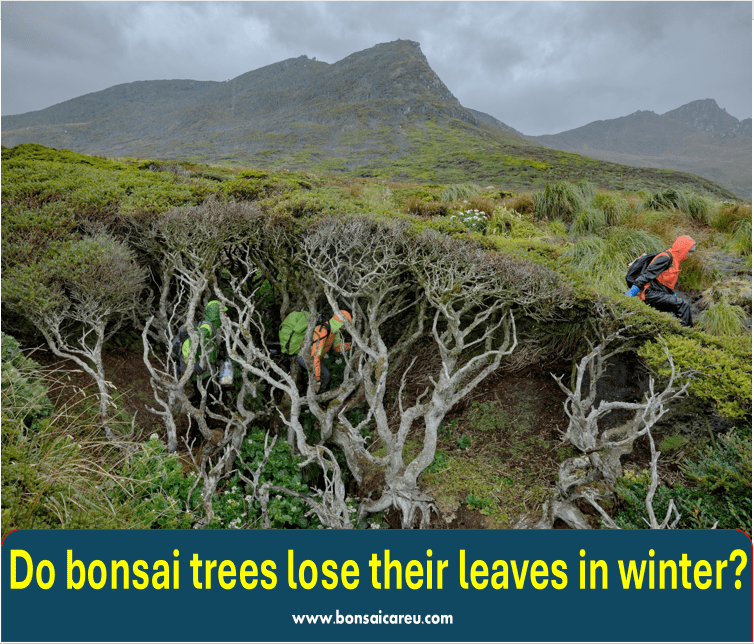
Frequently Asked Questions On Do Bonsai Trees Lose Their Leaves In Winter
Do Indoor Bonsai Lose Leaves In Winter?
Indoor bonsai may lose leaves in winter due to reduced sunlight and humidity levels. It is a natural response and not a cause for concern. Ensure proper care to prevent excessive leaf loss.
Will Bonsai Tree Leaves Grow Back?
Yes, bonsai tree leaves can grow back. With proper care, pruning, and maintenance, bonsai trees can regrow their leaves. Regular trimming and pruning stimulate new growth and maintain the size and shape of the tree. Watering, fertilizing, and providing the right light conditions also contribute to leaf regrowth.
What To Do When Bonsai Leaves Falling Off?
When bonsai leaves start falling off, ensure proper watering by checking the moisture level in the soil. Avoid overwatering or underwatering. Provide adequate sunlight and humidity. Inspect for pest infestations or diseases. Prune any damaged or diseased leaves. Maintain a consistent care routine for your bonsai.
Do Indoor Bonsai Trees Go Dormant In The Winter?
Yes, indoor bonsai trees can go dormant in winter due to reduced light and lower temperatures. It’s important to adjust care accordingly.
Do Bonsai Trees Lose Their Leaves In Winter?
Yes, bonsai trees do lose their leaves in winter due to the natural cycle of their growth and dormancy.
When Do Bonsai Trees Typically Lose Their Leaves?
Bonsai trees usually lose their leaves in late autumn or early winter when the weather gets colder.
Conclusion
As winter arrives, bonsai trees may lose some leaves due to temperature changes. Understanding their specific care needs is crucial to maintaining their health. By providing adequate light, moisture, and protection, bonsai trees can thrive year-round. Observing and adapting to seasonal changes is essential for their well-being.
